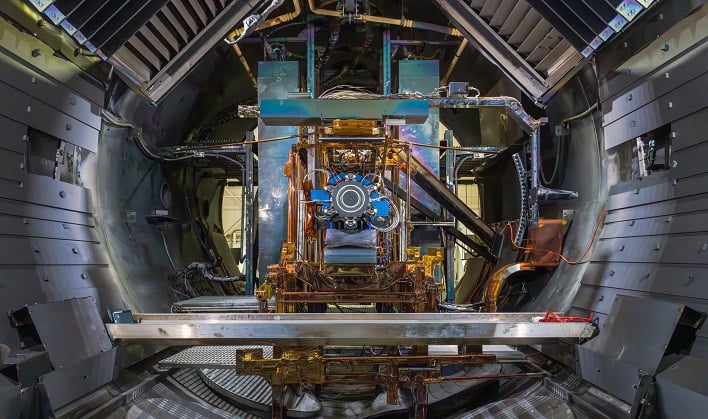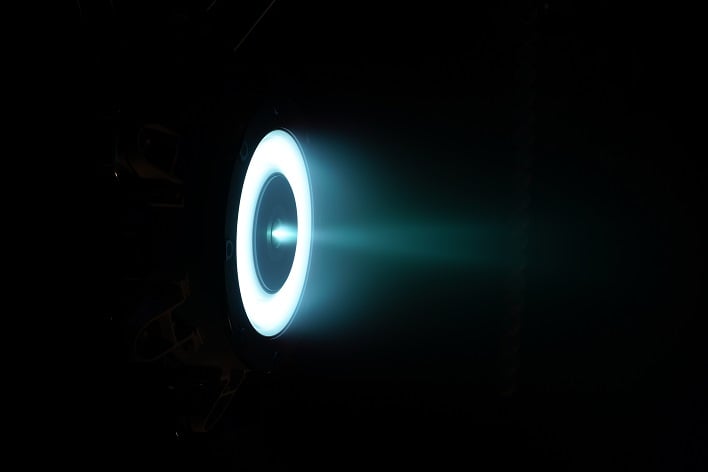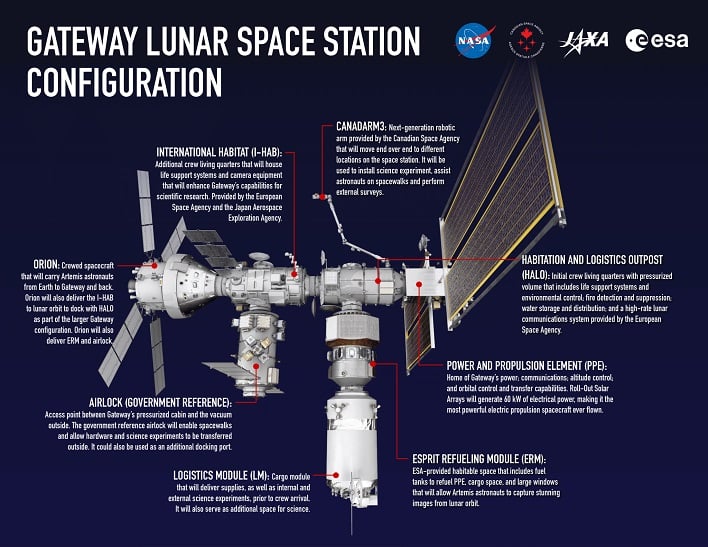NASA Begins Testing Cutting-Edge Solar Electric Propulsion Thrusters With 12kW Of Power

NASA is preparing for the second Artemis launch, which will have astronauts onboard for the first time in the historic mission. While Artemis II will only have the astronauts orbit the Moon before returning to Earth, Artemis III is slated to land humans back on the surface of the Moon for the first time in decades. The space agency's long-term plan is to build a lunar base that will act as a stop-and-go for missions to Mars and beyond, along with the Gateway space station that is scheduled to launch in 2025 and will orbit the Moon and provide extensive capabilities to support NASA's Artemis program.
Engineers from NASA and Aerojet Rocketdyne are hard at work testing a new type of thruster that will make Gateway the "most powerful SEP spacecraft ever flown. The inventive thrusters will provide 12 kilowatts of propulsive power that is over two times more powerful than any current state-of-the-art in-space electric propulsion systems. The thrusters will also take advantage of an extremely high fuel economy at lower thrust, giving NASA and its partners more mission flexibility and capabilities that cannot be achieved by traditional means.

Before AEPS can be utilized in real-world applications, it must first undergo qualification testing and be certified to fly on Gateway. The team has two testing units, which are models almost identical to the thrusters that will be used for Gateway, during testing.
"This testing is a big deal," explained Rohit Shastry, the lead AEPS engineer. "It's kind of the final leg before we test the thrusters that will actually fly on Gateway."
NASA is already in the process of developing and producing the actual flight thrusters that will eventually be utilized, before the multi-year wear test is completed.
"With NASA missions, launch dates are critical," added Kachele. "In this case, NASA is trying to expedite the process, and we're doing it intelligently. We will complete a few thousand hours of wear testing to prove successful operations before PPE (Power and Propulsion Element) launches. We'll then complete the final 15,000 hours or so to fully qualify AEPS for future customers, including those at NASA and other government agencies and commercial partners."
Engineers say high-power solar electric propulsion development is key to enabling NASA to explore more of deep space beyond just the Moon. Shastry remarked, "I think it'll be exciting to see what kind of missions this technology ends up enabling. We are pushing the boundaries of what's been done and taking giant leaps forward with capability and opportunities."


